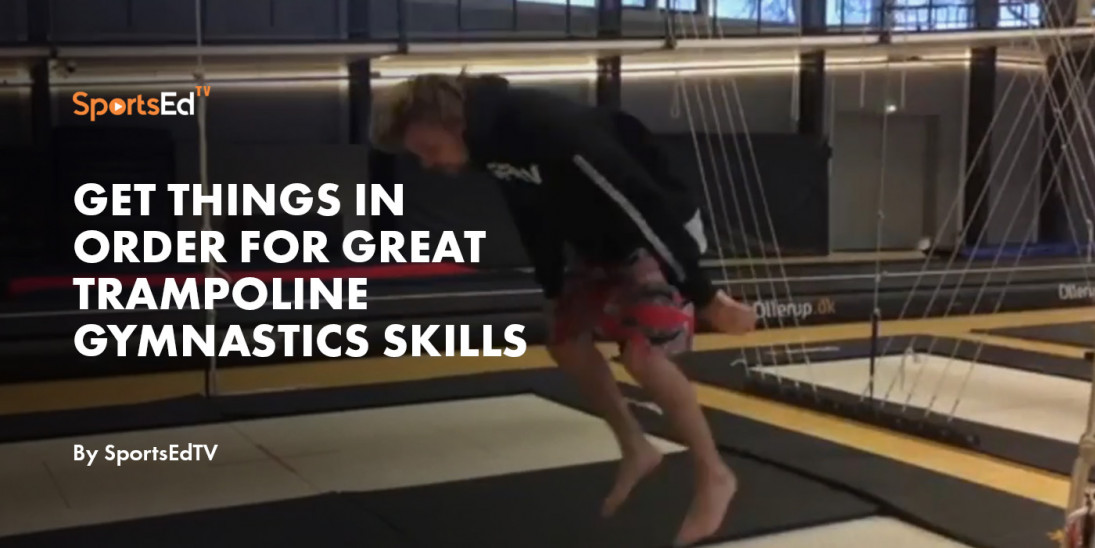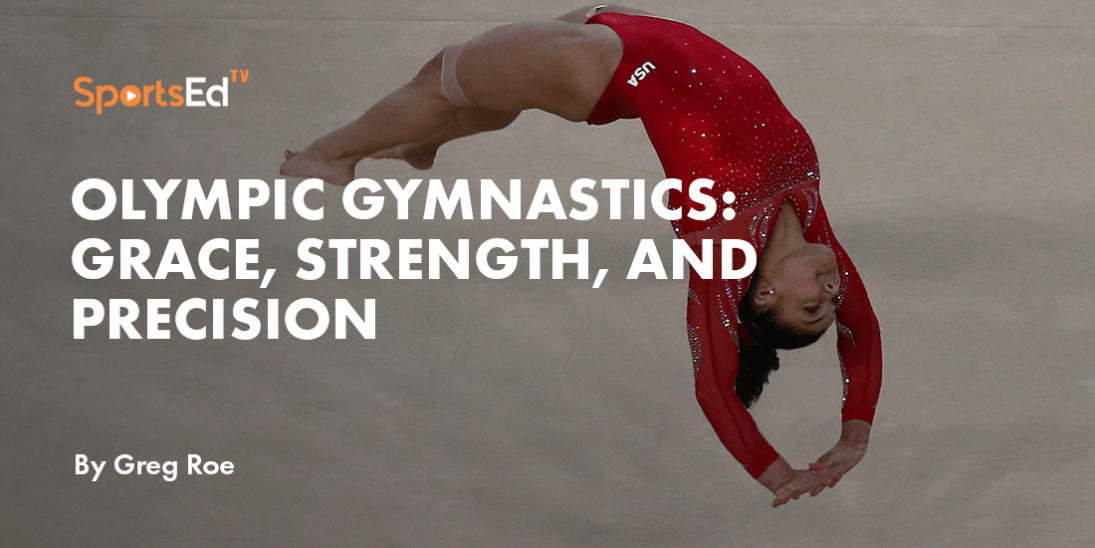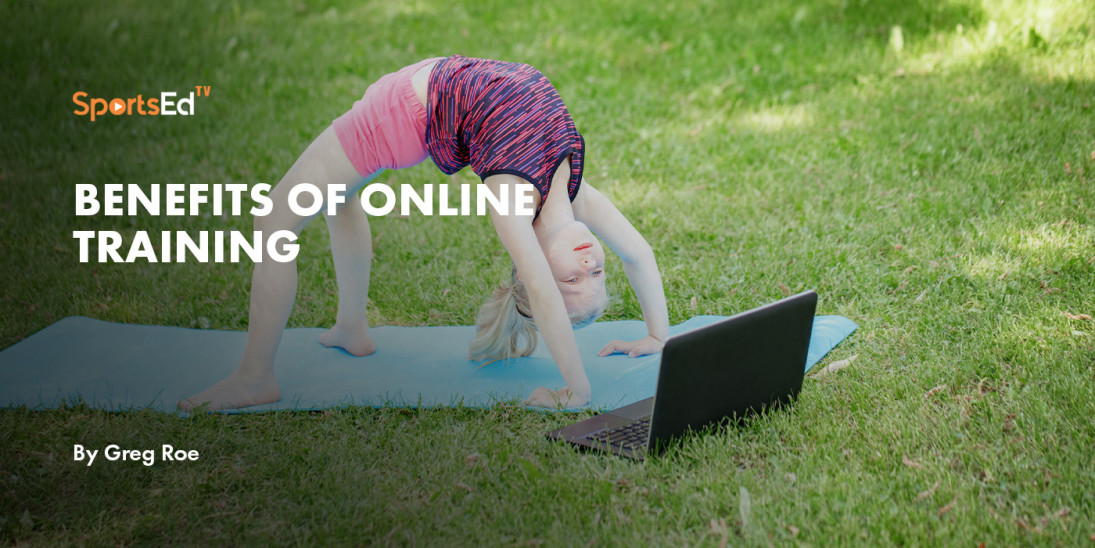Gymnastics, Health
Welcome and thanks for visiting...

What do you think it costs to be an Olympic Gymnast?

Celebrities like Joe Rogan have gone on public record demonizing the International Olympic Committee (IOC) for what can be stated as a complete monopoly over the entire Gymnastics industry (and all of their other sports) since the IOC controls the rules that are handed down to the participating sports with very little negotiating power. In other articles, I will go into detail about this corporate governance structure and some of the pros and cons. (1)
So what are the costs to get a young 5-year-old to the Olympics by the time they are a young adult? Having begun my journey and ending my journey just shy of the Olympics, I can be honest with you based on the Real Costs, not just what is stated on federation websites, which never give a complete package of financial info for parents who are looking to enroll their children into the FULL JOURNEY.
Here is a breakdown and I will explain each of these in detail:
1) Training Fees (Based on 15-year career (incremental increase in training hours)
|
Training Fees Total |
Hourly Rate (USD) |
Hours/week |
Yearly Cost (USD) |
Total Cost (USD) |
|
Recreational Years 1-2 |
$17.00 |
1 |
$17.00/h x 4/m x 10 m = $680/y |
$1,360 |
|
|
|
|
|
|
|
Competitive years 3-4 |
$18.50 |
4 |
$300/m x 11.5 = $3,450/y |
$6,900 |
|
Competitive Years 5-6 |
$18.50 |
8 |
$300/m x 11.5 = $3,450/y |
$6,900 |
|
Competitive Years 7-8 |
$18.50 |
12 |
$300/m x 11.5 = $3,450/y |
$6,900 |
|
Competitive Years 9-12 |
$18.50 |
16 |
$300/m x 11.5 = $3,450/y |
$6,900 |
|
Competitive Years 13-15 |
$18.50 |
24 |
$300/m x 11.5 = $3,450/y |
$6,900 |
|
|
|
|
|
|
|
Total Training Fees (15 years) |
|
|
|
$35,860 |

2) Training Insurance Fees: $63/Year x 15 years = $945
3) Competition Fees (per competition):
- Recreational: $35.00 + Tax (x 3 events/y = $105
- Invitational: $147.25 + Tax (x 4 events/y = $589
- Provincial: $272.25 + Tax (x 3 events/y = $1,089
- National: $372.25 + Tax ( x 3 events/y = $1,116.75
Total for 15 year career (roughly) = $210 + $2,356 + $4,356 + $5,583 = $12,505
At the Younger ages in invitational and provincial levels, the parents that go to each competition will have to cost-share the expenses of the coach which includes travel, hotel, gas, etc. I would argue it’s not a huge sum of money since it is all split between a competitive team so I have left it out of this calculation, but again… be prepared for these costs. Most gyms will be up front about this in their competitive manuals. If they are not, then ask them before signing up.
4) Travel Costs Per Trip
At the state/provincial level of competition, most competitions are within driving range, meaning that only hotel and gas really are required. This would roughly equate to:
|
Travel Cost National Competition (Family Of 3) |
Unit Price (USD) |
Number Of Units |
Total Cost (USD) |
|
Flights (Return) |
$300 |
3 days |
$900 |
|
Hotel |
$150/night |
5 days |
$750 |
|
Rental car |
$30/day |
5 days |
$150 |
|
Car Gas |
$60/tank |
3 (including tourism) |
$180 |
|
Food |
$150/day |
5 days |
$750 |
|
Incidentals |
|
|
$250 |
|
Total Cost/Trip |
|
|
$2,980 |
|
Total Cost/year (assuming going to all 3 competitions) |
|
|
$8,940 |
| Travel Cost National Competition (Family of 3) | Unit Price (USD) | Numbers of Unit | Total Cost (USD) |
|
Total Cost (5 Years National Level) |
|
|
$44,700 |
Each Country will have generally 3 national qualifiers per year that, depending on the size of the country can require a flight for all 3 competitions. Only scores at these qualifiers allow an athlete to compete on the National Team. The typical gymnast will be aggressively going after National Championship medals for a place on team for roughly 5 years before being on the world stage as a National Team Member.
When a 4th place competitor is placed on the team, NONE of their fees are covered!
They must pay all the above fees and ONLY when they move up the ranks to #1 or #2 will they get their costs covered and a small monthly salary.
Generally ONLY the #1 and #2 on team get ALL of the above costs covered so #3 will pay roughly 50% of the above costs and #4 will pay ALL the above costs. This is for both men’s and women’s categories. All athletes can APPLY to get Small Grants provided by the federation to cover training and traveling costs but most athletes get a part time job coaching to put gas in their car on the way to training.
A few times, I have fallen asleep at the wheel and was literally “honked” awake by oncoming traffic that I was swerving into coming home from training at 11pm. It’s the risks all athletes take if they commit to this lifestyle. In another article I will discuss the sad reality about coaching positions.
The top 2 on the team for both men’s and women’s categories will have all costs covered and a $1,500-$2,500 (USD)/month salary put in their pocket as long as they remain top goal-scorers for the country. Visa (Credit Card) and other sponsors pay Team Canada, and depending on the federation, the public appearances and branding rights costs Rarely, if EVER, go to the athlete and go straight to the federation. The federation typically gives a small salary for the athlete to do public speaking engagements or social media posts, but the federation will keep most of the money.
The federation handles ALL sponsorships, and athletes have basically NO ability to get sponsorships if the federation does not see fit. Most of the time, the federation will pocket the money and leave the athlete with the above salary, and that athlete will never know the actual sponsorship transaction that goes on behind closed doors. Athletes should keep this in mind.
In Contrast, other sports have independent athletes who have to sell their own sponsorships which gives them tremendous upside if you are Shaun White (Snowboarder) but with no guarantees or stability the way Gymnastics federations do. Which is better? It’s a case-by-case basis that I will cover in other articles.
5) Competitive Wear
Competitive wear can vary depending on the arrangement the gym has with the apparel company. If there is a sponsorship (Is the logo plastered all over the gym?), then expect the gym to charge you the full rate (or a ‘pretend’ discount), but their costs for producing will be extremely low because of the sponsorship. Typically a leotard and warm up suit for competition (required to “March In” on competition floor) can cost $400 for the whole package and only lasts for two years before the athlete outgrows it.
Other times, the gym club will suddenly tell all club members that they have changed their logo, so Everyone has to pay again for a brand new set of competitive wear for a simple logo change. Sometimes this can be done with a sponsoring leotard company to get a quick cash grab during a down season that club members are not aware of ;)
6) Opportunity Costs
The BIGGEST cost that NO ONE discusses is the potential Opportunity Cost of being a world-class gymnast compared to a world-class Hockey Player or NFL Star. The typical “Payout” for an athlete invested in gymnastics is either being in the Olympics and getting the media recognition for that accomplishment and possible endorsements (almost non-existent these days) or getting a Full Scholarship to an American University valued at an average of $19,776 (depending on the school) that really only gets them a free education. (4)
Then they retire get a full-time job and quit gymnastics. There used to be hundreds of college programs in America, but for many reasons, more schools are closing their gymnastics programs, and now there are only somewhere around 15 schools that even have a gymnastics program.
TOTAL COST:
If you add up all these costs over an average 15 year long career you can see that the costs are somewhere around:
|
Athlete/Family Cost |
Total Cost (15 years) (USD) |
Note |
|
1) Training Fees |
$35,860 |
|
|
2) Federation Insurance |
$945 |
|
|
3) Competitive Fees |
$12,505 |
|
|
4) Travel To National Events |
$44,700 |
**Assuming 5 years of travel |
|
5) Competitive Wear |
$2,800 |
**Buy new complete set every 2 years |
|
6) Opportunity Costs |
Don’t get me started… |
|
|
|
|
|
|
15 Year Cost For Gymnast Career |
$95,865.00 |
|
So how does this compare to other sports? Soccer is much cheaper with only $250/year in competitive fees but that also does not include travel to national and international games. Hockey on the other side of the spectrum, will cost you about $85-95,000 /15 year career which also does NOT include travel, which is the Major cost for a gymnast (7). Hockey will be more expensive but with much more up-side if you were able to get to the high levels.
It is no secret that gymnasts, besides a few select media-friendly athletes make VERY Little money. Confidential reports for well known Gymnasts state that they ONLY get $2,500/month for 4 years during an Olympic Cycle and if they WIN the Olympics they ONLY get $20,000.
This means the MAX upside falls somewhere around $140,000 if you are an Olympic Champion. Confidentially I was told an Olympic Bronze Medalist in Canada made an extra $270,000 with post-Olympic endorsements which is not too bad, but that is NOT the norm.
In specific cases such as the “Final Five” in USA Gymnastics (Women’s Olympic Team), their profits are higher. The average world-class gymnast does not have the powerhouse of USA Gymnastics within America behind them however, so that is not a reasonable goal for any young gymnast, especially if you are not living within the states with corporate America pushing the levers.
The salaries the Final Five make have many factors that have nothing to do with their gymnastics abilities so keep that in mind. You can easily be an Olympic Champion and make only a little bit of money. The world recognition will be amazing but don’t get into gymnastics if you think you will make the salary of a hockey player.
Realistically, since gymnastics viewership is decreasing every year, I would say that even the recognition of winning the Olympics is not even close to what many think it is, at least for gymnasts and trampolinists. I have seen Olympians who have won the Olympics a few times, and still, none of the kids in my coaching clinics even knew who this person was. It was nerve-racking for me and was one of the pivotal moments that made me start a business instead of competing.
The federations are not even financially structured to allow for the big bucks we all want. Federations only make a few million dollars a year, so don’t expect you, as an athlete under the federation, to make the big bucks (8).
Considering that even the top 100 players in the NHL are still making $6,000,000/year, I hope you can see that the Opportunity Cost is really an astounding cost that most never factor in (5).
For this reason, MOST gymnasts will quit before they commit to the World Tour expenses and take a ‘less-risky’ job at Cirque Du Soleil or another show and get a decent wage between $47,000 and $71,000/year depending on the show and the difficulty of the act. (6)
The value of gymnastics is clearly not a monetary one; in my opinion, it is one of showing strength and control over your own body. Some may argue that the point of gymnastics is “Beauty” but I believe that the average person doesn’t share this viewpoint based on the discussions I have personally had.
Gymnastics comes from the European Revolutions in the mid-1800s, and you can see sentiments from this starting point still loud and proud in Gymnastics as a culture today, which is part of the reason the sport is slowly disintegrating. It is a NEW AGE: The Digital Age.
Social media and trampoline parks have re-birthed the community of acrobatic movement and expanded its boarders beyond the Olympic committee. I Bet Joe Rogan would be very happy about that! So, in short,
Begin gymnastics because you LOVE Movement, not because you love the Salary!
THERE IS NO SALARY
References:







